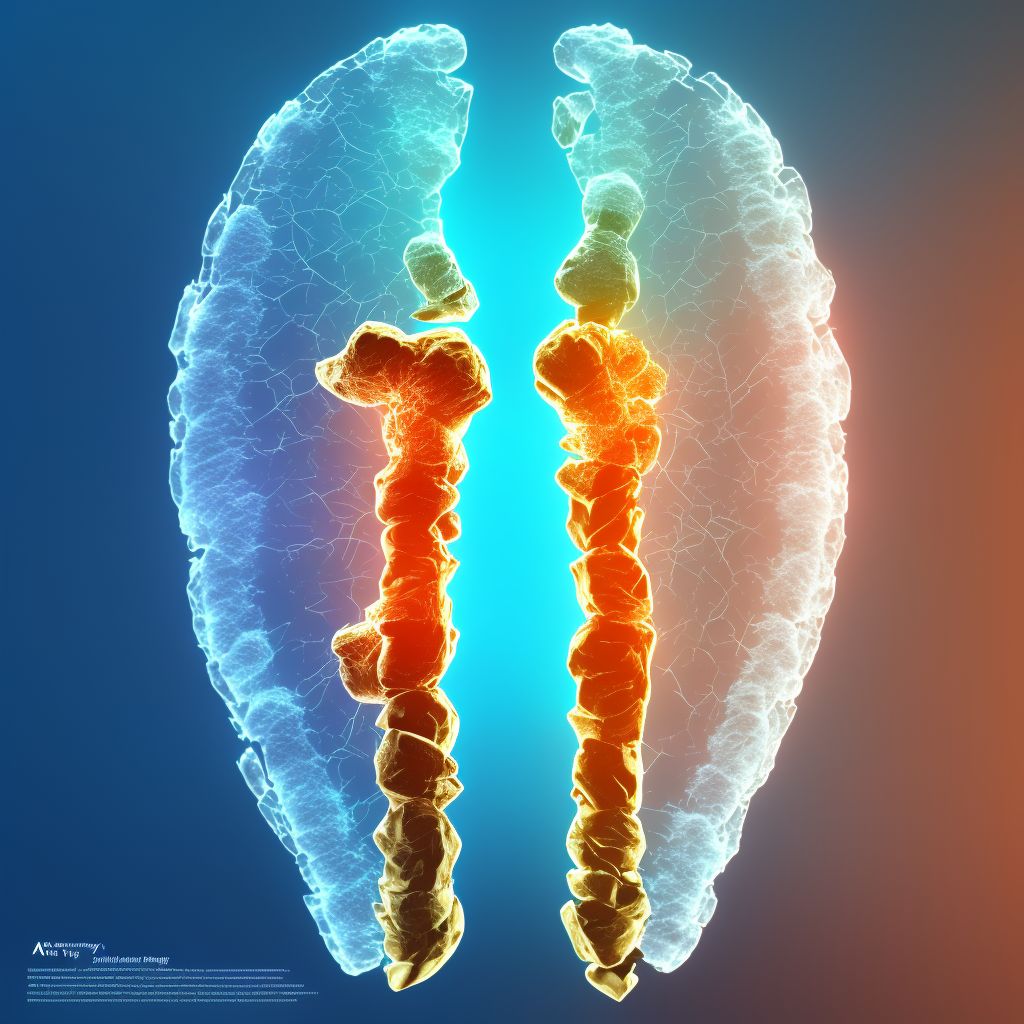
Other fracture of lower end of left tibia, subsequent encounter for closed fracture with routine healing Save
ICD-10 code: S82.392D
Disease category: S82.392: Other fracture of lower end of left tibia
Understanding Other Fracture of Lower End of Left Tibia, Subsequent Encounter for Closed Fracture with Routine Healing
Fractures can occur in various parts of the body, and one such injury is the other fracture of the lower end of the left tibia. This type of fracture specifically affects the lower part of the shinbone on the left side. In this article, we will explore the characteristics and subsequent encounter for closed fracture with routine healing of this condition.
When an individual experiences an other fracture of the lower end of the left tibia, it means that there is a break or crack in the bone. This injury can be caused by accidents, falls, or other traumatic events that put excessive force on the tibia. Common symptoms include pain, swelling, tenderness, and difficulty bearing weight on the affected leg.
After the initial diagnosis and treatment of a closed fracture, subsequent encounters refer to follow-up appointments to monitor the healing progress. In the case of routine healing, it means that the fracture is healing as expected without any complications. These encounters typically involve regular check-ups, imaging tests, and physical examinations to ensure proper recovery.
- Regular check-ups: During subsequent encounters, healthcare professionals will monitor the patient's progress and evaluate the healing of the fracture. They may ask about any persistent symptoms or changes in pain level.
- Imaging tests: X-rays or other imaging techniques may be used to assess the progress of the healing process. These tests help determine if the bone is mending correctly and if any additional treatment is required.
- Physical examinations: Healthcare providers will perform physical examinations to assess the range of motion, strength, and stability of the affected leg. This helps determine if any rehabilitation or therapy is necessary for complete recovery.
It's important for patients with this type of fracture to follow their healthcare provider's advice and instructions for a successful recovery. This may include wearing a cast or using crutches, avoiding strenuous activities that could put excessive stress on the healing bone, and following a nutritious diet to support bone health.
In conclusion, an other fracture of the lower end of the left tibia is a specific type of fracture that affects the lower part of the shinbone. Subsequent encounters for closed fracture with routine healing involve regular check-ups, imaging tests, and physical examinations to ensure the fracture is healing as expected. By following medical advice and taking necessary precautions, patients can achieve a successful recovery.
Treatment of Other fracture of lower end of left tibia, subsequent encounter for closed fracture with routine healing:
Treatment Options for 'Other Fracture of Lower End of Left Tibia, Subsequent Encounter for Closed Fracture with Routine Healing'
When it comes to treating a fracture, it's essential to understand the specific nature of the injury. In the case of an 'Other Fracture of Lower End of Left Tibia, Subsequent Encounter for Closed Fracture with Routine Healing,' there are several treatment...
To see full information about treatment please Sign up or Log in